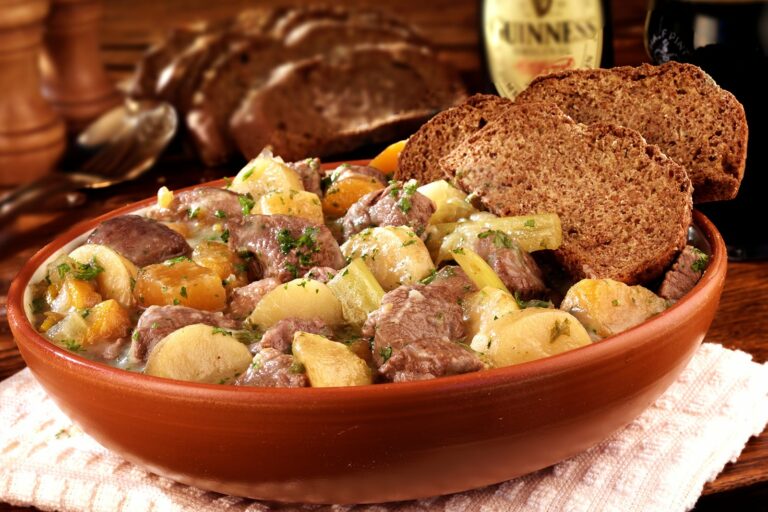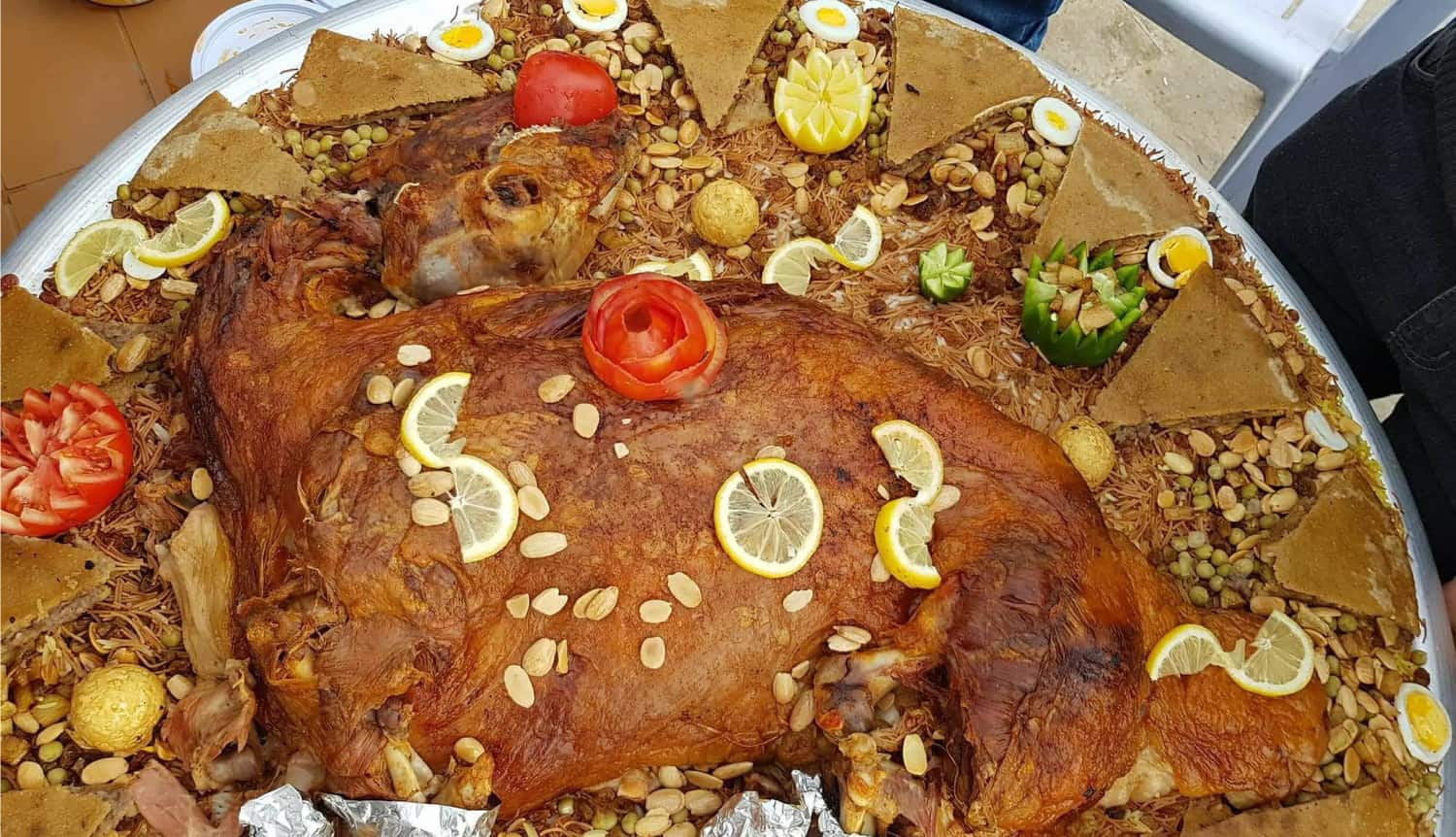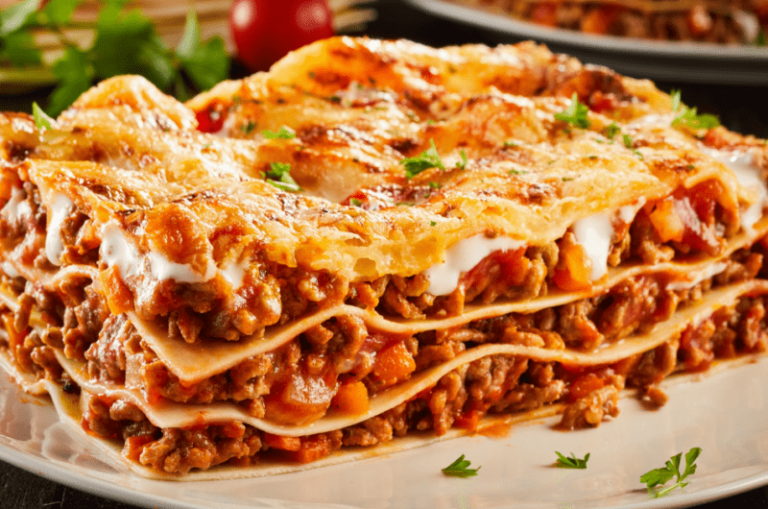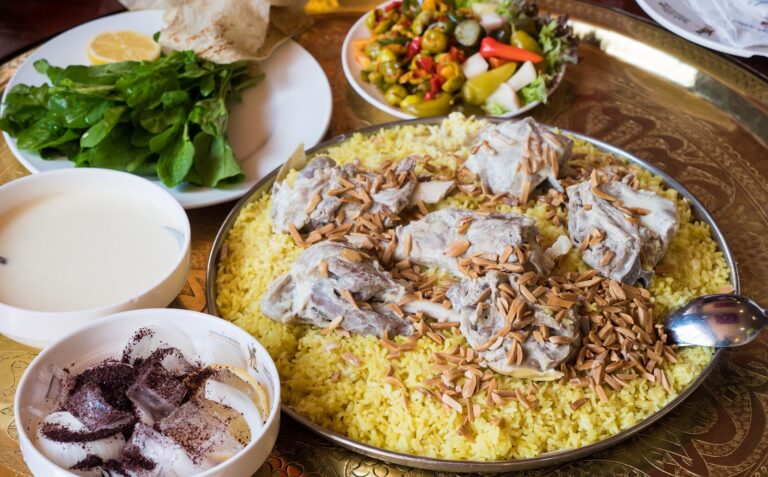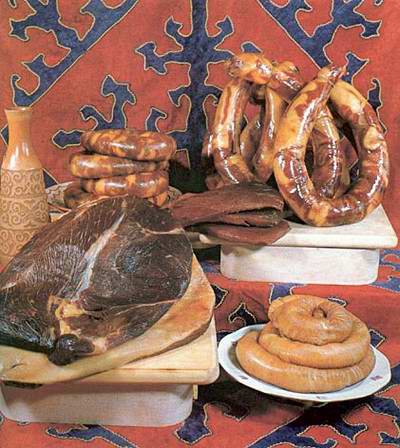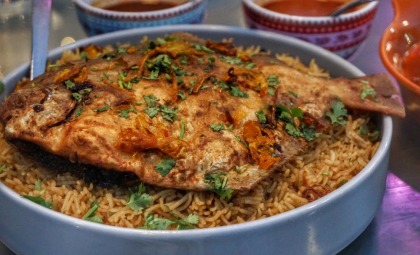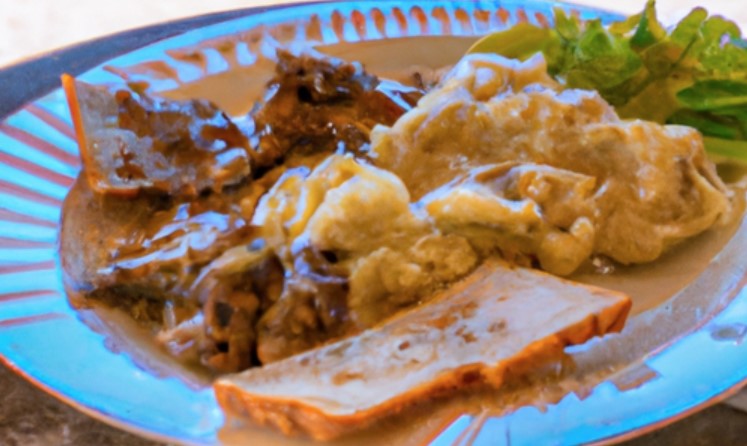Introduction: Irish cuisine and its famous breads and pastries
Irish cuisine is known for its hearty and comforting dishes, and its bread and pastries are no exception. From traditional soda bread to the sweet fruit bread of Halloween, Irish baking has a long and rich history. These baked goods are often enjoyed with a cup of tea or coffee, and can be found on breakfast, lunch, and dinner tables across the country. In this article, we’ll explore some of the most popular breads and pastries associated with Irish cuisine.
Traditional Irish breads: soda bread and brown bread
Soda bread is a staple in Irish cuisine, and is often enjoyed with a dollop of butter and a cup of tea. The bread is made using baking soda as a leavening agent, instead of yeast, and is typically made with flour, salt, and buttermilk. Brown bread, on the other hand, is made with wholemeal flour and is a heartier and denser bread. It is often served with soups or stews and is a popular choice for sandwiches.
Scones: the popular pastry for breakfast and afternoon tea
Scones are a popular pastry in Ireland, and are often enjoyed for breakfast or during afternoon tea. They are typically made with flour, butter, sugar, and milk, and can be flavored with various ingredients such as raisins, currants, or cheese. They are often served with jam and cream, and are a quintessential part of Irish baking.
Barmbrack: the sweet fruit bread for Halloween
Barmbrack is a sweet fruit bread that is traditionally eaten on Halloween in Ireland. It is made with dried fruit, spices, and sometimes whiskey, and is often served with butter. It is also traditional to include small objects such as a ring or a coin in the bread, which are said to predict the future of the person who finds them.
Boxty: the potato bread that comes in different variations
Boxty is a potato bread that is popular in Ireland, particularly in the northern regions. It is made with grated potatoes and flour, and can be cooked in various ways, such as boiled, fried, or baked. There are also different variations of boxty, such as boxty dumplings or boxty pancakes.
Conclusion: the diversity of Irish breads and pastries in modern times
Irish baking has a long and rich history, and there are many breads and pastries that are associated with the cuisine. From the traditional soda bread to the sweet barmbrack, these baked goods are an important part of Irish culture and history. Today, Irish bakers continue to innovate and experiment with new flavors and recipes, while still maintaining the traditional methods and ingredients of Irish baking.

